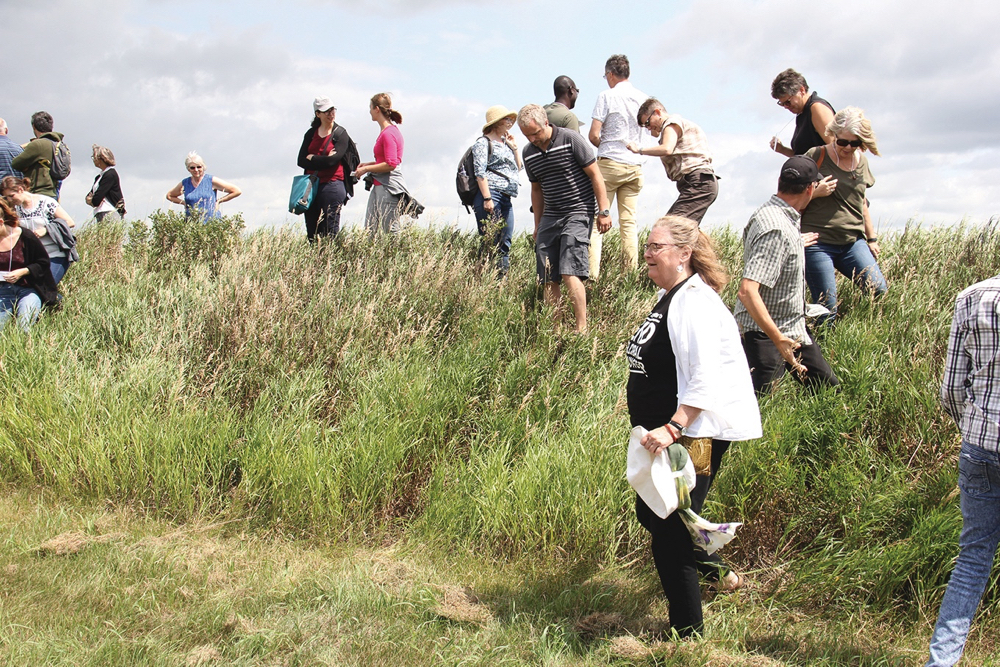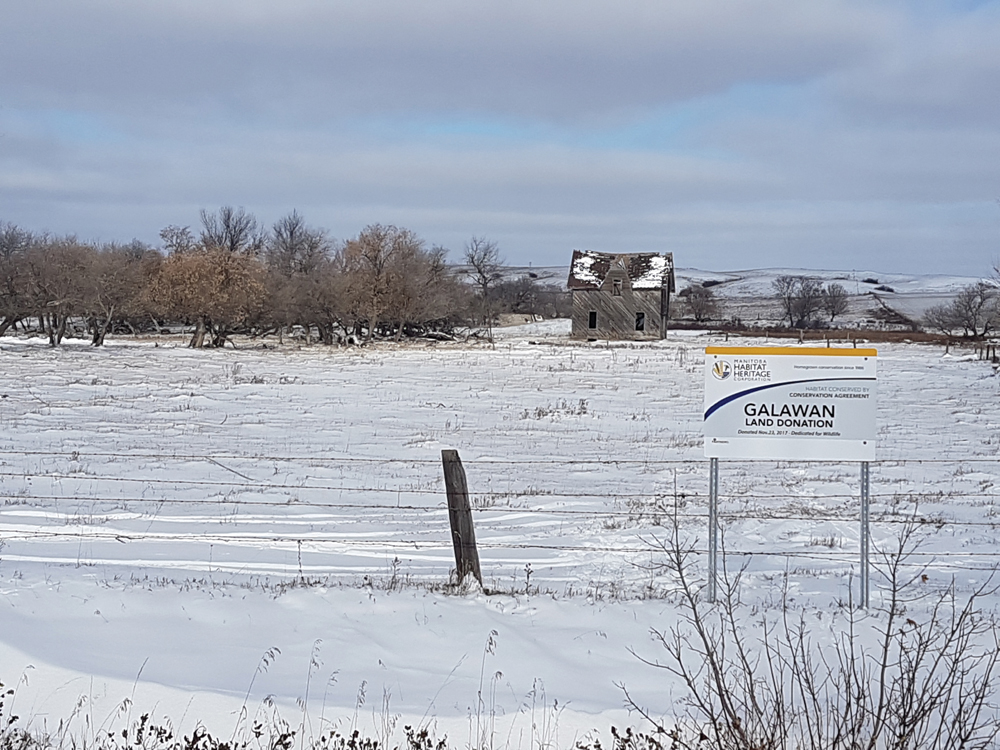The demand for Manitoba farmland from existing large farms is pushing prices up, although the rate of increase has eased during the last few years, says provincial Agriculture Minister Ralph Eichler.
“Crop production land has been mainly purchased by local producers expanding their operations as they bring in the next generations of farmers to the industry,” he told the Senate agriculture committee, which is studying farmland ownership trends across Canada. Strong crop prices and low interest rates have helped existing farms expand.
“There exists a very competitive environment between large, established operations, 5,000 acres or more, when competing for additional parcels of land,” he said. “They are known to bid up prices aggressively.”
Read Also

AgriStability enrolment deadline extended
The deadline for Manitoba farmers to enroll in the AgriStability business risk management program has been extended by three months agriculture minister Ron Kostyshyn announced on Friday.
Urban sprawl is pressuring farmland in Manitoba, as it is elsewhere.
“Corporate ownership of farmland is common, both through family-operation corporations and numbered corporations,” he said. “Lack of a provincial and national landownership registry identifying farmland owners makes it difficult to determine control.”
Farmland is an attractive investment both for the rent it earns and the ongoing price appreciation, he continued. While there’s interest from institutional investors, “we do not have any evidence to indicate that this is driving up the price of land.”
Eichler said in some areas land purchases by conservation groups has added to the price pressure and takes land out of production.
The main impact of the higher prices is that “young and beginning farmers find it difficult to purchase farmland at the current price levels. Commodity prices in crops and cattle have softened and that, along with the potential for increased interest rates, has raised concerns as to whether farm operations will be able to continue to service their debt obligations in the short term.”
“There is a lack of data available across provinces that identifies who owns our farmland, what it is used for and how that usage has changed,” he added. “As our population grows, there is increased demand for residential development on lands around urban centres. There is potential for the purchase of farmland for speculation for future development. Fragmentation of land base leads to increased potential for agricultural land to be used for non-agricultural uses.”
He said Manitoba sees 500 requests yearly for subdivisions of land in agricultural areas. Then there’s the growing issue of higher property taxes linked to higher farmland prices.
When it comes to preserving farmland, “We believe a national tool to evaluate policy outcomes by tracking farmland usage would be beneficial to all provinces. Each province takes a varied approach to land-use planning and we have much to gain if there’s better alignment and understanding among us.”
The next agriculture policy framework should “support research to identify where the provinces stand on landownership and usage and give us a better knowledge to be used for elective land-use planning. In addition, ongoing assessment and development of programs that will assist young and beginning farmers in purchasing an initial land base would be beneficial.”
Manitoba wants to keep arable land in food production because of the demand from a growing global population, he added. “We want to make sure we have conservation in mind but, in order to be able to sustain our goals as a province and as a country, we have to ensure we meet those goals in order to make sure we have enough food to feed the world.”



















